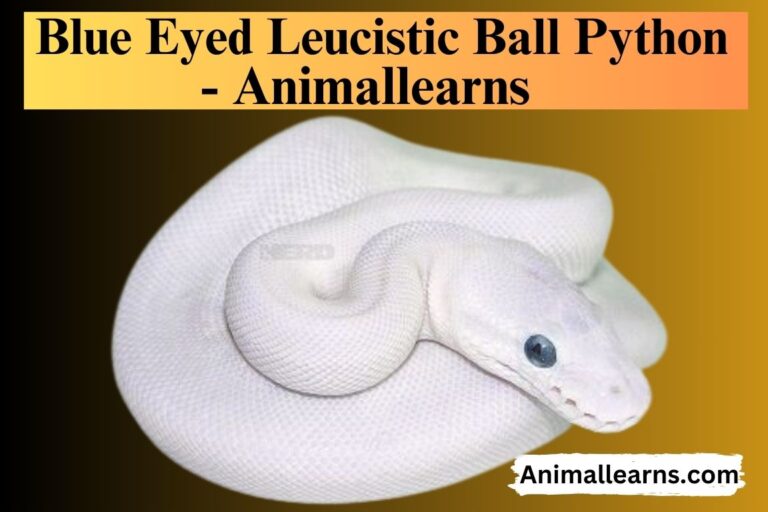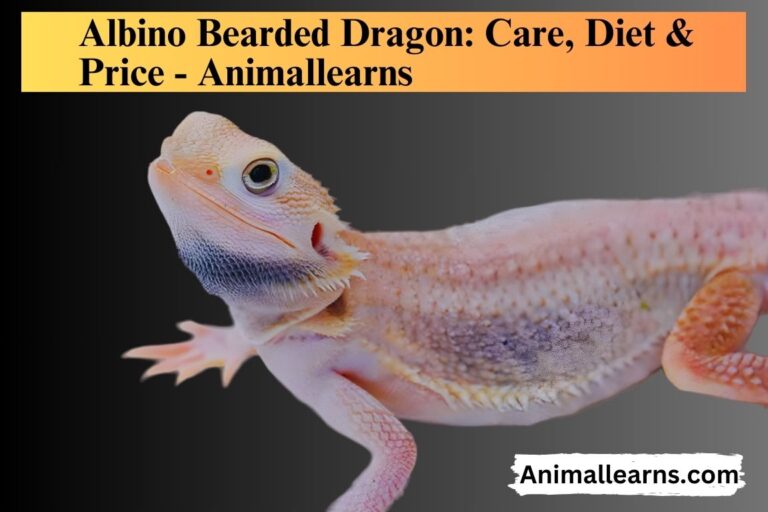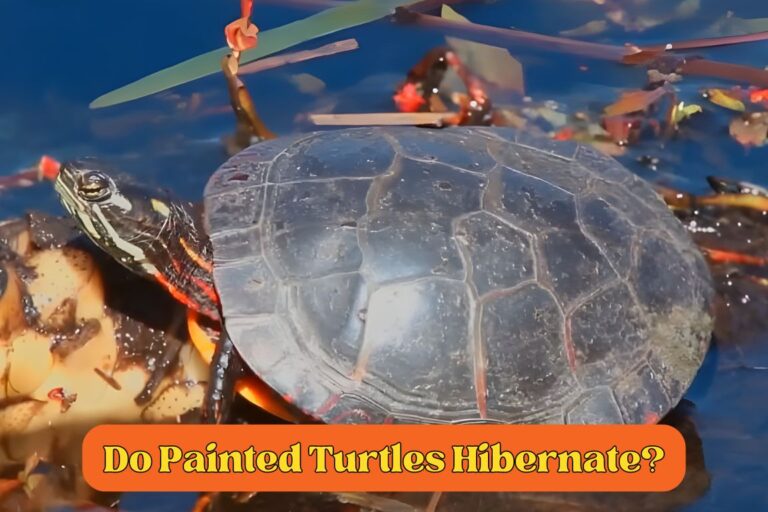Pied Ball Python: Facts, Diet & Habitat – Animallearns
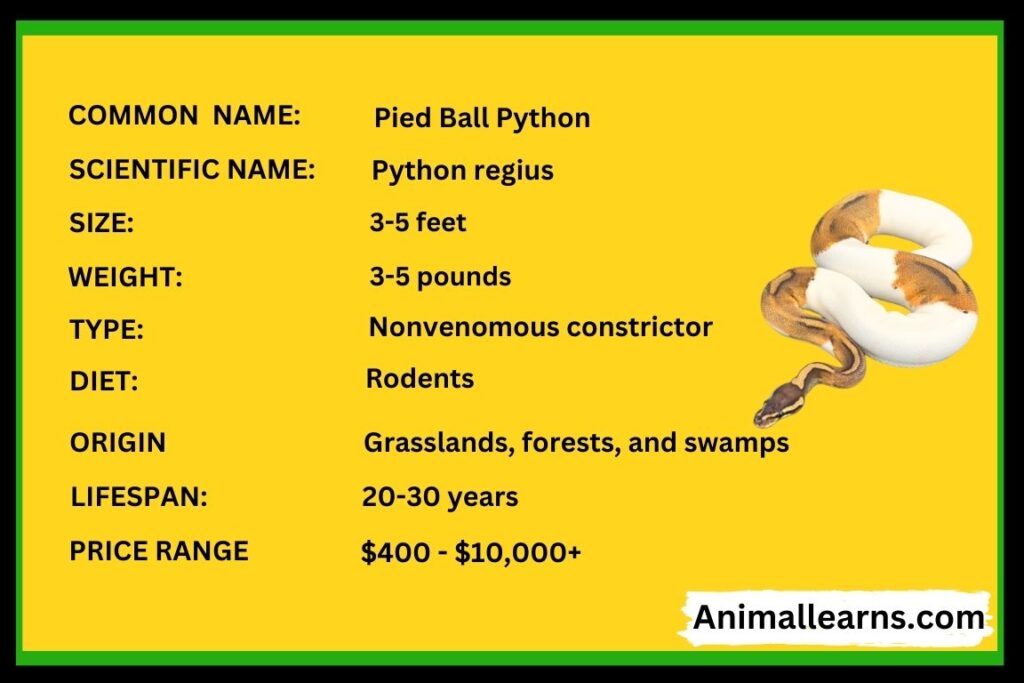
Pied ball python live in Africa’s tropical and subtropical regions and are referred to scientifically as Python regius. Their ancestral lands extend from Sierra Leone’s western coast, across Ghana and Liberia, Nigeria, and Uganda in the west. It’s interesting to note that they don’t exist south of the Equator.
Large white patches set against a background of brown spots or stripes distinguish piebald ball python from other snake species. Their unpigmented skin, a recessive feature, sets them apart from other pythons. Their gentle nature and ease of handling make them particularly well-known among snake keepers.
Once they’ve become used to their new surroundings, they may be easily handled regularly due to their naturally shy nature.
The pied ball python, renowned for its striking piebald pattern, and the spotted python, with its distinctive spots and smaller size, are two fascinating snake species that captivate reptile enthusiasts worldwide.
History of Pied Ball Python
Contents
- 1 History of Pied Ball Python
- 2 Appearance
- 3 Habitat
- 4 Behavior and Humans
- 5 How Dangerous Are They?
- 6 Population & Conservation Status
- 7 Interesting Facts
- 8 Feeding A Pied Ball Python
- 9 Care Guide
- 10 How Dangerous Are They?
- 11 How Much Are Pied Ball Pythons?
- 12 How Do You Get A Pied Ball Python?
- 13 Pied Ball Pythons as Pets
- 14 FAQs
Since the early 1980s, when California Zoological Supply acquired two ball pythons with white splotch patches that resembled piebaldism, piebald ball pythons have been seen in the hobby of reptiles.
As a result of Piebaldism’s recessive gene, few of these python varieties exist. It will only have a slim chance of happening if both of its parents carry the same gene. It seems sense that this would be a drawback in the wild.
As predators, snakes rely on their ability to blend in with their surroundings and strike their victim stealthily. This is especially true for larger snakes that move slowly on land, such as the ball python.
Appearance
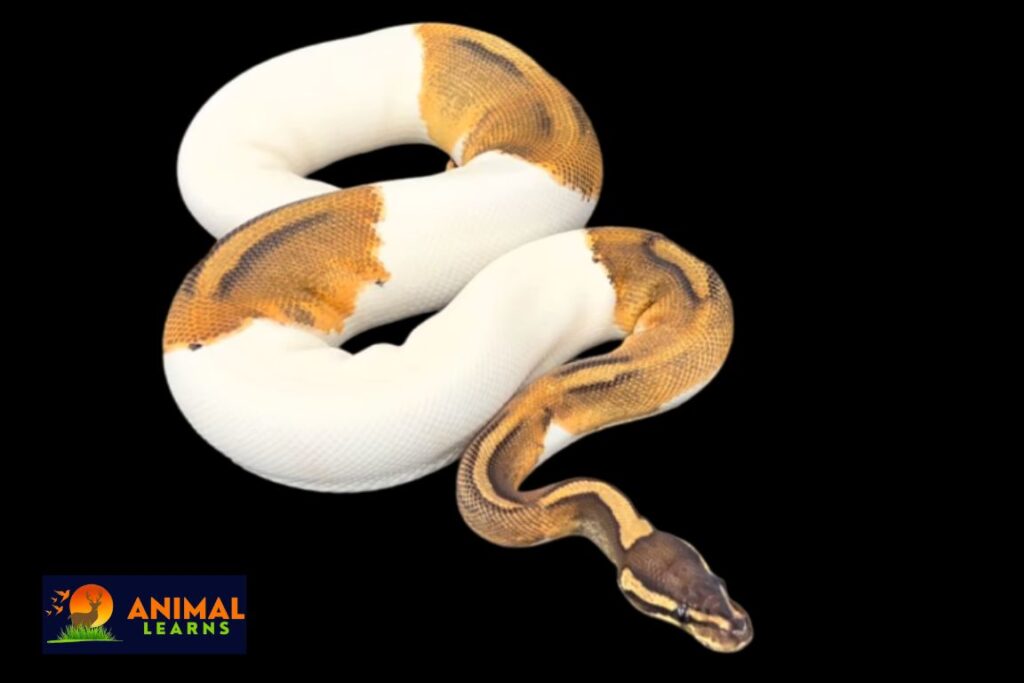
The pied python, which has characteristic black and white spots, is a non-venomous snake. There are huge differences in the size and location of the patches; no two snakes are the same. The majority of the snake’s body is covered in huge, erratic white spots in the photograph you supplied me.
A genetic mutation of the common ball python gives rise to the ball python. That isn’t a distinct species. They are medium-sized snakes, with a normal length of three to five feet. Their natural habitats include savannas, grasslands, and woodlands in West and Central Africa.
Ball pythons are common household pets due to their tiny size and calm disposition. They are also not too difficult to take care of. Make careful to investigate and locate a reliable breeder if you’re considering purchasing this python.
Habitat
Like its ordinary ball python cousins, they are mostly found in grasslands, savannas, and open woodlands in West and Central Africa.
Additionally, scrublands and perhaps even disturbed regions like farming or the vicinity of human populations may harbor them. They usually stay away from deserts and deep jungles.
Behavior and Humans
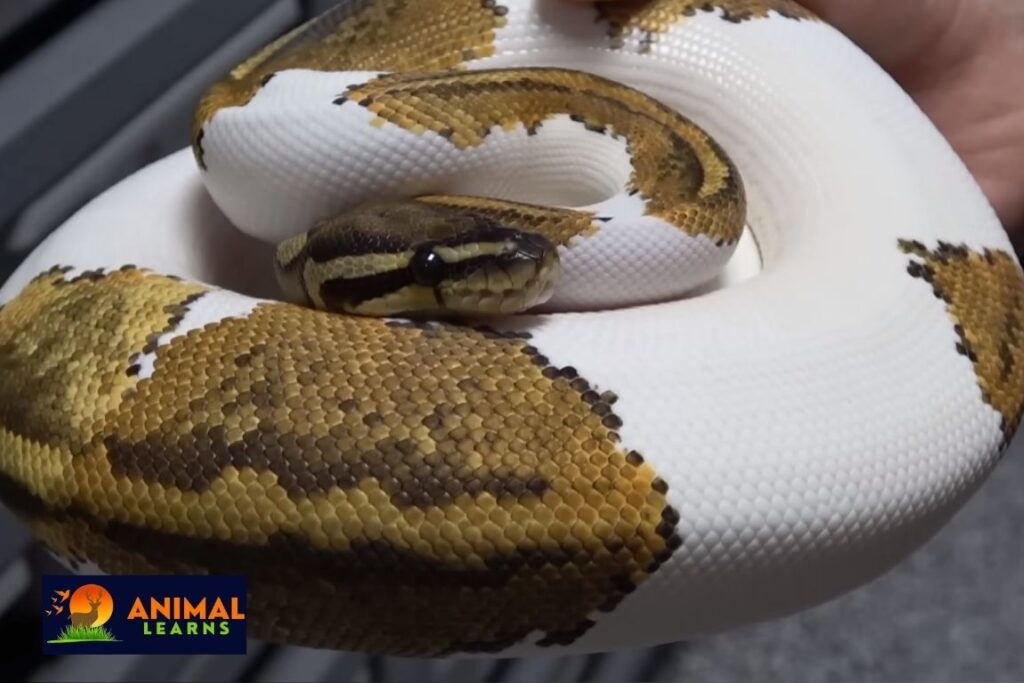
They rarely try to bite humans unless necessary for self-defense because they don’t have venom or sharp teeth. This snake will curl up into a ball, hence the name, and tuck its head and neck into the center of the heap when it feels threatened.
If they have become accustomed to your presence, their relatively non-aggressive nature can make them pretty easy to handle in captivity. You can only engage with the snake to such an extent, though. They are extremely sensitive during this time and should not be touched while they are losing their skin.
Additionally, they shouldn’t be fed by hand because they may bite by accident. Furthermore, ball pythons should never be approached in the wild since they can defend themselves.
How Dangerous Are They?
They pose very little threat to people. These are non-venomous snakes that only use constriction to pursue prey. A bite doesn’t usually pose a serious risk or have long-term consequences, though it can cause pain, swelling, and redness.
At the top of the food chain are adult pythons. Although they don’t have many natural predators, if they feel threatened, they can hide or rely on their camouflage. Large birds and carnivorous animals may feed on younger pythons.
Population & Conservation Status

The loss of habitat and poaching have put the ball python in the wild at risk, according to the IUCN Red List. Although not enough data is available to estimate the population, it does seem that fewer individuals of this species are present across a large portion of its native habitat.
Particularly rare in the wild, the pied color morph is often the product of a chance mutation that rapidly disperses or gets diluted; nonetheless, it was actively cultivated in captivity to produce more of them for the pet trade.
Interesting Facts
- Although they can be bred year-round, the ball python’s yearly reproductive season typically runs from September to November. Up to 14 eggs will hatch from the mother’s clutch, and they will adhere to one another via an adhesive. A month or two later, when the eggs are ready to hatch, she will continue to coil around the clutch. It appears that the males have no part in the upbringing or development of the young.
- To hold onto the female during sex, males develop huge spurs on both sides of their bodies. Smaller versions of these spurs are also seen in females.
- Piebald ball pythons can detect heat or infrared radiation thanks to five labial pits on either side of their mouth, much like all other ball pythons. When it gets dark outside, this aids them in finding food.
- Ball pythons are mostly terrestrial reptiles, although they can also swim and climb rather well.
- The typical lifespan of a ball python is around 20 years in captivity and 10 years in the wild. Nonetheless, it is said that one specimen from the Philadelphia Zoo survived for about 50 years.
Feeding A Pied Ball Python

Because they are carnivores, pied balls only eat once a month in the wild. In the wild, they hunt at night and locate food by using heat radiation. On either side of their mouth, they have five labial pits that may detect heat or infrared light. They locate their food by using this special quality.
This snake can be particular about what they eat, even though it’s simple to feed them sometimes when they’re in captivity. They hunt by using heat radiation, hence the only prey they will consume is living or recently deceased.
They will almost always consume tiny rodents. Your snake won’t be able to locate the rodent if it has been dead for an extended period.
Your Python should be fed an adult mouse or rat once every two to four weeks, depending on its size. Larger snakes may eat more frequently—every two weeks, for example—but the best way to gauge how often they should feed is to keep a close eye on their weight.
Care Guide
A sixty-gallon glass or plastic tank that is longer than it is tall may house a pied ball python. They should be given logs or other hiding places to spend the day in as they will be building their nests in burrows throughout the day.
The widespread consensus is that pythons are excellent swimmers. The Pied Ball is no different, thus it should have a water dish that is big enough for them to bathe in without overflowing each time they decide to take a dip.
Heating and Lighting
Your snake’s tank should be between 80 and 85 degrees during the day when it burrows and sleeps, with a basking area between 86 and 90 degrees. The tank’s overnight temperature should be kept between 72°F and 79°F.
Using a heat light can help you create a basking zone. They work great with a 75W infrared heat lamp; however, keep your snake away from the heat source to prevent self-burning.
For your Python, full-spectrum lighting is advised to simulate natural sunshine; however, unlike many lizards, the benefits of UVB illumination have not yet been established.
There should be around 12 hours of light and 12 hours of darkness for this snake. To make room for the python to be active at night, lights should be turned off.
The ideal humidity range for a tank is between 55% and 60%. You may maintain this range by misting the tank once a day or by positioning the water dish next to a heat source. Tank humidity levels may be easily monitored with a humidity gauge, which is widely accessible at pet supply stores.
Substrate
When it comes to substrate, they are not particularly particular. A few readily available surfaces that will closely mimic their native habitat include soil, sand, and wood shavings.
Cleaning the tank regularly is important for every owner, as these substrates have a more organic appearance.
How Dangerous Are They?
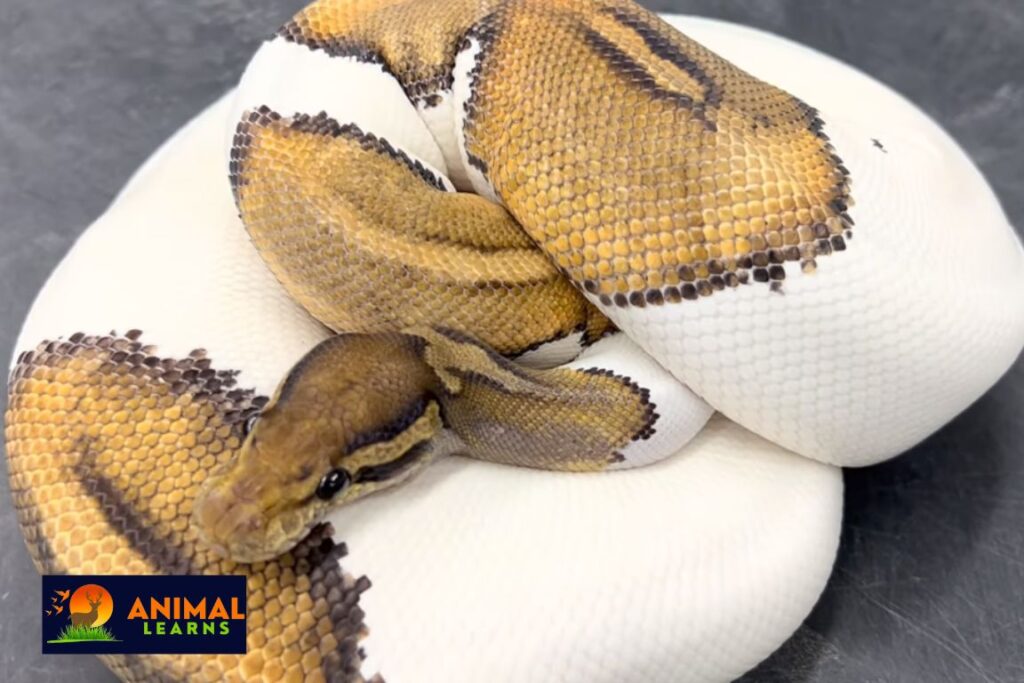
They pose very little threat to people. These are non-venomous snakes that only use constriction to pursue prey. A bite doesn’t usually pose a serious risk or have long-term consequences, though it can cause pain, swelling, and redness.
At the top of the food chain are adult pythons. Although they don’t have many natural predators, if they feel threatened, they can hide or rely on their camouflage. Large birds and carnivorous animals may feed on younger pythons.
How Much Are Pied Ball Pythons?
A typical pricing range for this is as follows:
- Base hatchlings: between $400 and $800
- Extreme or super pied hatchlings: between $800 and $2,000
- Simple genetic adults: between $600 and $1,500
- Proven breeders or rare morphs: between $2,000 and $10,000+
How Do You Get A Pied Ball Python?
Although they may often be reared in captivity, ball pythons are most frequently obtained from the wild. But as the Pied is less widespread in the wild, a captive-bred Python is more likely to originate from a breeder.
An expert breeder of captive snakes will be well aware of the origins of each snake as well as its overall health. Since they are among the most popular first-time snake pets, breeders are easily found.
Pied Ball Pythons as Pets

The stunning black and white pattern on the scales of piebald ball python makes them fascinating snakes. Beyond just being beautiful, though, they are becoming more and more well-liked as pets because of their easy-to-maintain temperament and low-maintenance needs.
However, it’s important to comprehend a pied ball python demands and make sure you can create a setting that is conducive to their well-being before bringing one into your house.
FAQs
What is a pied ball python?
This is a snake morph characterized by a striking piebald pattern, featuring large patches of white or light-colored scales amid the typical dark colors.
How big do pied-ball-pythons typically grow?
They are generally medium-sized snakes, with adult lengths ranging from 3 to 5 feet, though some individuals may grow slightly larger.
What is the temperament of pied-pythons as pets?
They are known for their docile nature, making them excellent pets for snake enthusiasts. They are generally calm and easy to handle.
What do they eat in captivity?
In captivity, these snakes primarily eat mice or rats appropriate for their size. Younger snakes eat smaller prey, while adults consume larger rodents.
How do I care for the unique appearance of a piebald ball pythons?
Maintain the pied ball-python beauty by providing a clean and well-maintained enclosure. Regularly check for shedding issues, as retained shed can affect their distinctive coloration.








